The Coorong
The reason we came to this part of the country was to see an area called the The Coorong. For us (particularly Nina) the Coorong has a couple of attractions or at least points of interest. Firstly it is the setting for a famous Australian story and film called Storm Boy and secondly it is the point at which Australia's biggest river system (The Murray Darling) empties into the ocean. The Coorong is an extensive tidal estuarial region that encompasses the mouth of the Murray River.
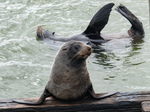
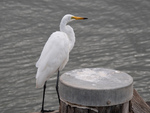
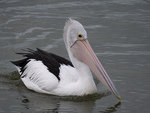
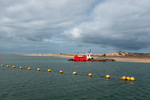
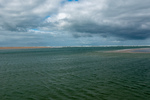
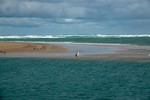
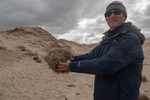
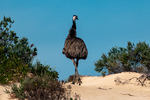
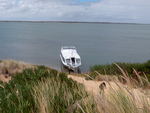
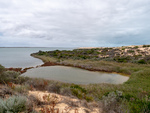
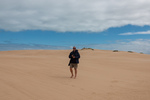
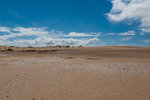
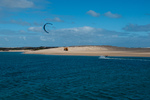
Once we arrived in Victor Harbor and started researching how to best see the Coorong it became obvious that a boat tour was the only way to get any appreciation of the area, so today was the tour.
Perhaps the most striking thing about this area is how it underscores the huge problem Australia has with sourcing fresh water for a growing population.
The Murray is a long river, of the order of 2500 km in length, flows through 3 or 4 states of Australia (depending on how you count it) and is the primary source of water for large tracts of agricultural land as well as 3 million people (again depending on who you believe), yet in order to ensure that the water of this river actually make it to the sea the sand at the mouth of the river must be continual dredged. And in order to ensure that salt water does not flow up into the river "poluting" the fresh water a 7.5km wier system is in place to keep the salt and fresh water apart. The weir was built between 1935 and 1940 so the issue of how to manage the water of the Murray is not new.
Picture 011 is interesting, particularly in light of my sermon above about fresh water. The photo is taken from the top of a large sand dune complex and is a structure called a soak. The large area of water to the left is the salt water of the Coorong estuary, the pool itself, is only brackish, and in the reed bed on the right hand side of the pool fresh water is sitting on top of the brackish water. The fresh water is rain that has fallen onto the sand dunes, seeped down through the dunes but cannot penetrate the salt water table and hence flows out of the dunes above the salt water of the water table. Before Europeans arrived Aboriginals lived in these sand dunes for thousands of years and this was their only source of water. In the second last photo the white shells on top of the sand are Aboriginal middens.
We spent the night at a Caravan Park in Goolwa, the town from which the tour departed.